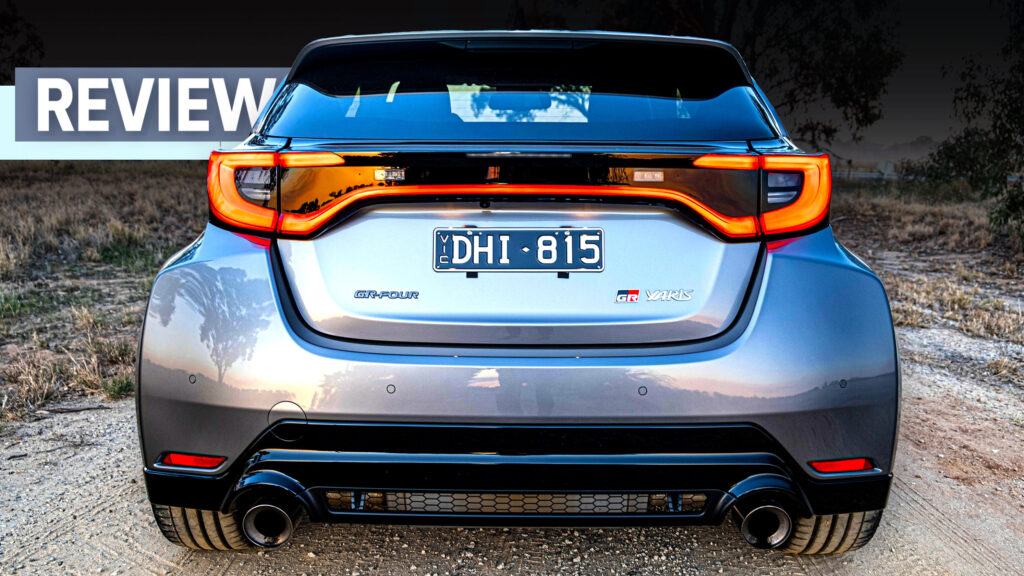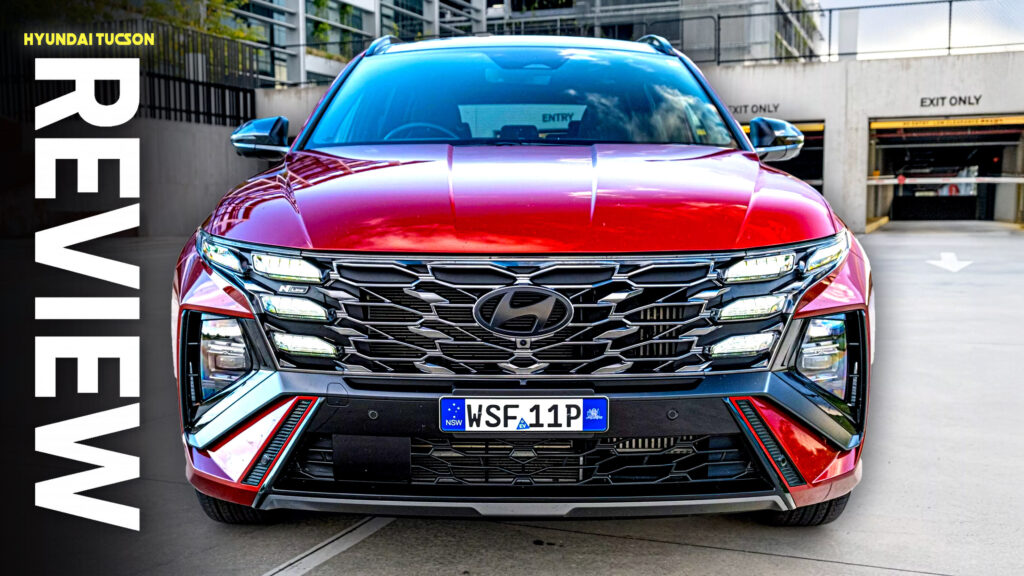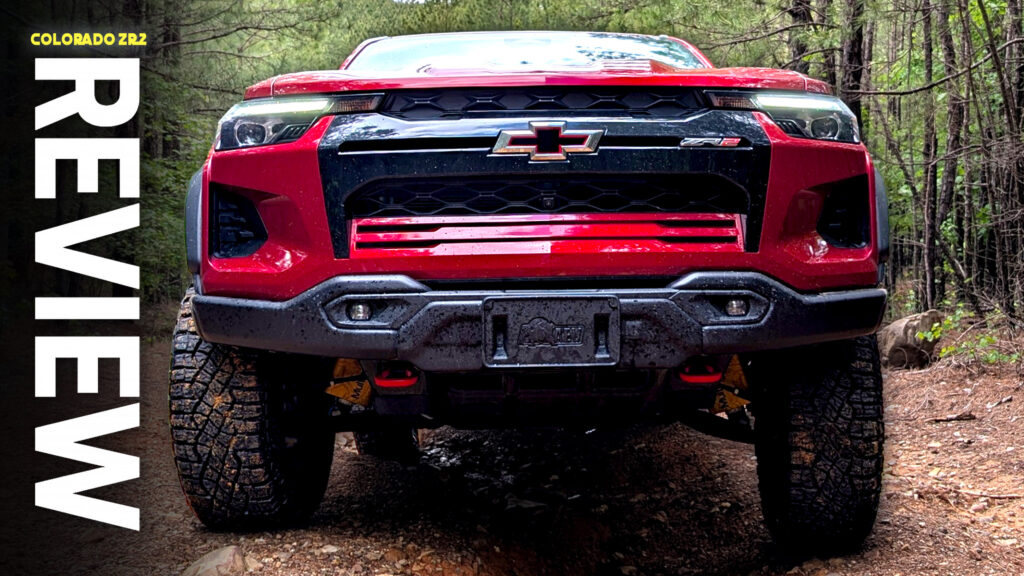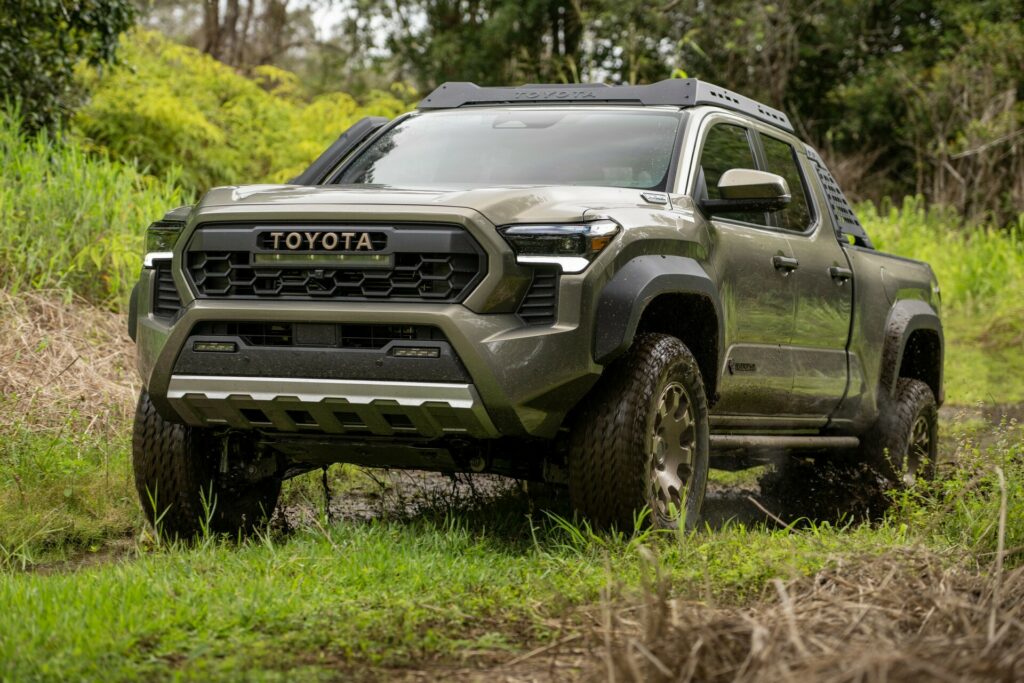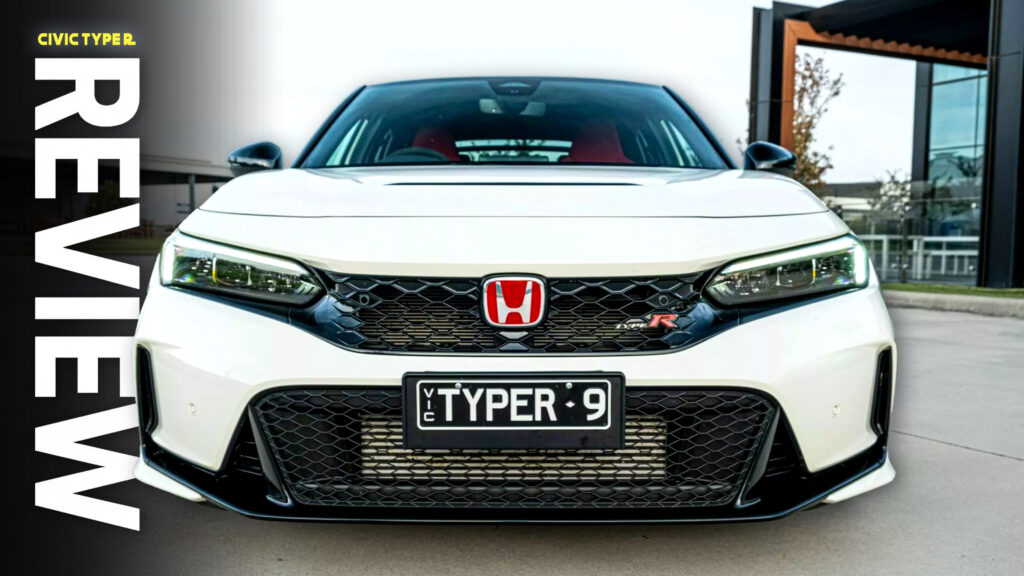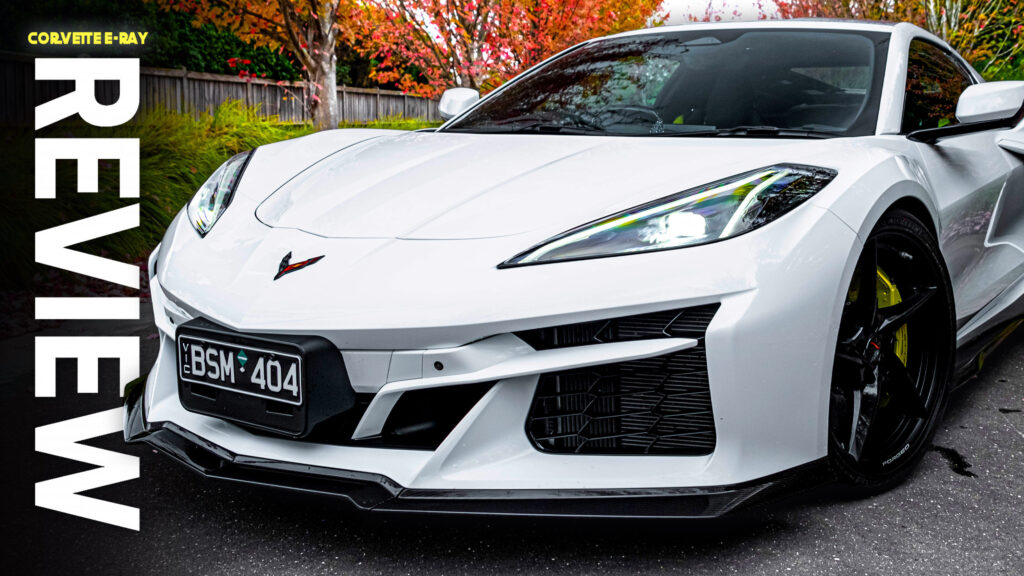
Not every truck buyer is chasing mud-slinging heroics or Baja-style bravado like you get with the Raptor. Some just want something that looks sharp, drives well on the road, and still hauls a trailer on the weekend. For those folks, Ford’s got a niche answer hidden in its growing Ranger lineup across the pond.
var adpushup = window.adpushup = window.adpushup || {que:[]};
adpushup.que.push(function() {
if (adpushup.config.platform !== “DESKTOP”){
adpushup.triggerAd(“0f7e3106-c4d6-4db4-8135-c508879a76f8”);
} else {
adpushup.triggerAd(“82503191-e1d1-435a-874f-9c78a2a54a2f”);
}
});
More: 2025 Ford Maverick Lobo Is A Street Truck Begging For More Power
The Ranger MS-RT stands out as Ford’s only street-tuned pickup in Europe and the UK. Think of it as the Ranger Lobo North America didn’t get, at least not yet. It wears a wide bodykit, sits lower than any other Ranger, and brings a sportier attitude without ditching the core capabilities.
Developed with rally experts M-Sport, the Ranger MS-RT (short for M-Sport Road Technology) targets buyers who want the look and feel of a performance vehicle but have no interest in crawling over rocks or fording streams.
To see how that M-Sport DNA plays out in the real world, we visited a Ford dealer in Greece for a closer look, and importantly, a back-to-back drive with the high-flying Raptor.
QUICK FACTS
SWIPE
What Sets It Apart From the Regular Ranger
What immediately sets the MS-RT apart is the new bodywork. Thanks to swollen front and rear fenders, the truck is 164 mm (6.5 inches) wider than its siblings. Filling those bulging arches are massive 21-inch alloy wheels, the largest ever offered on a production Ranger.
A new front bumper with a deeper lower section and a honeycomb grille gives the face a sportier vibe, while motorsport-style vents on the fenders and more sculpted side skirts lean further into the street-truck look.
var adpushup = window.adpushup = window.adpushup || {que:[]};
adpushup.que.push(function() {
if (adpushup.config.platform !== “DESKTOP”){
adpushup.triggerAd(“bb7964e9-07de-4b06-a83e-ead35079d53c”);
} else {
adpushup.triggerAd(“9b1169d9-7a89-4971-a77f-1397f7588751”);
}
});
At the rear, the styling effort continues with an integrated ducktail spoiler on the tailgate and a secondary roof-mounted spoiler above the cab. The rear bumper houses a decorative diffuser flanked by honeycomb textures. The one thing missing? Real exhaust tips. The Raptor gets twin pipes, and it’s hard not to notice the absence here, especially on something pitched as a high-performance street truck.
Our tester wore the subdued Command Grey paint, but brighter options are available, including Fast Blue, Yellow Green, Frozen White, Metallic Carbonised Grey, and Metallic Agate Black.
Interior Tweaks and Equipment
Photos Thanos Pappas / Carscoops
Inside the MS-RT, the changes are subtle but noticeable. Heavily bolstered bucket seats with integrated headrests and blue-stitched Eco Leather upholstery give the cabin a sportier feel. A thicker steering wheel rim and several MS-RT logos round out the special treatment.
var adpushup = window.adpushup = window.adpushup || {que:[]};
adpushup.que.push(function() {
if (adpushup.config.platform !== “DESKTOP”){
adpushup.triggerAd(“b25ecba7-3bbb-4ea7-a3a8-dbea91695c07”);
} else {
adpushup.triggerAd(“e46c436a-adeb-4b5e-a2c7-56bc36561c10”);
}
});
More: New Ford Ranger Super Duty Tows Nearly 5 Tons But You Can’t Have It
Beyond the visual updates, it’s standard Ranger fare with a solid list of equipment: a 12-inch infotainment touchscreen, an 8-inch digital instrument cluster, heated front seats, and a suite of active safety features. It’s well-equipped, but not over the top.
So, Is It The Sportiest Truck?
Let’s talk about the obvious thing that sets the MS-RT apart: its lowered stance. Sitting 40 mm (1.6 inches) closer to the pavement than the Ranger Wildtrak, it rides on a revised suspension setup with firmer front dampers, retuned rear leaf springs, and wider tracks, all tuned for sharper handling. Ground clearance now lands somewhere in SUV territory, not quite car-low, but far from off-roader tall. That, paired with its road-biased tires, makes it clear this Ranger isn’t meant for trails or terrain.
From the moment you get behind the wheel of the Ranger MS-RT, you feel like you’re driving a hot SUV rather than a ladder-frame pickup. You’re still sitting high with great visibility all around the vehicle, but body roll has been significantly reduced and the steering feels quicker and more direct.
On the downside, the stiffer suspension and the 21-inch wheels with the low-profile tires (275/45R21) result in ride comfort taking a toll, with most road imperfections being felt in the cabin. Of course, the street truck is not as stiff as a hot hatch, but not nearly as comfortable as other members of the Ranger lineup either.
Some might argue that a fully independent rear suspension would better suit a road-focused truck like this. But the MS-RT keeps its solid rear axle and leaf springs, which help preserve the full 1,000 kg payload and 3,500 kg towing figures. For buyers who need utility with their style, that’s a tradeoff worth making.
The Engine: Familiar but Untouched
Photos Thanos Pappas / Carscoops
Under the hood is the same 3.0-liter V6 turbodiesel found in the Wildtrak, producing 237 hp and 600 Nm of torque. It’s paired with a 10-speed automatic and Ford’s e4WD full-time all-wheel drive system. It works well, but here’s the thing; the styling promises more than the powertrain delivers.
More: Jim Farley Wants Ford To Be The “Porsche Of Off-Road”
There are no performance upgrades, no tuning changes, and no added grunt. For a truck that looks this mean, it feels like a missed opportunity not to push the numbers a bit higher. At the very least, a gasoline option would spice things up and better match the MS-RT’s visual drama.
The engine is paired exclusively with a 10-speed automatic, sending power to all four wheels through the Ranger’s familiar full-time 4WD system. It also keeps the standard drive mode lineup that includes Normal, Eco, Tow/Haul, Slippery, Mud/Ruts, and Sand, even if most of those won’t see much use here.
During our time with the MS-RT, we stuck to tarmac, which felt like the right call given the soft, road-focused Continental ContiSportContact 5 tires that would probably flinch at the sight of a gravel path.
How Does Is Compare To The Raptor?
Photos Thanos Pappas / Carscoops
Climbing into the Raptor right after the MS-RT makes the height difference immediately obvious. You’re no longer stepping in, you’re climbing up. The Raptor’s cabin also goes for a flashier vibe, with bright orange accents and Ford Performance scuff plates adding some extra flair. The MS-RT skips the theatrics, but its interior still holds up just fine without the extra color or branding.
Driving the Raptor feels like floating, thanks to its Baja-ready suspension with long-travel geometry and plush Fox shocks that soak up just about anything. In a quick side-by-side test, I rolled both trucks over a curb. I barely noticed it in the Raptor, definitely felt it in the MS-RT. That said, the Raptor’s soft setup comes with trade-offs. There’s noticeable body roll in corners and some front-end dive under hard braking, which makes the MS-RT the more entertaining option when the road gets twisty.
Review: 2025 Ford Ranger Raptor – No Pickup Should Be This Fun , Yet Here We Are
When it comes to the powertrain, the Raptor clearly has the upper hand. Its 3.0-liter twin-turbo V6 gasoline engine feels far more at home in a performance truck, thanks to its extra horsepower and a soundtrack that’s actually worth hearing, unlike the quieter, slightly torquier diesel in the MS-RT.
That said, this is the EU-spec Raptor we’re talking about, so output is capped at 288 hp (215 kW / 292 PS), well below the full 405 hp (302 kW / 411 PS) available in the North American version. Even so, it still outshines the MS-RT’s setup in both punch and personality.
Overall, it wouldn’t hurt if Ford gave the MS-RT a gasoline option, or at the very least, bumped up the output of the existing 3.0-liter V6 turbodiesel to help it stand apart from the rest of the V6-powered lineup. As it stands, the performance just doesn’t quite match the truck’s aggressive looks.
It’s Expensive
And then there’s the pricing, keeping in mind this is Greece, where car taxes are among the highest in Europe. For example, the base Ranger Raptor starts at €54,350 (about US$61,000) before taxes and fees, but that figure jumps to €71,742 (around US$80,600) once everything is included. In the States, the 405 hp Ranger Raptor starts from $56,070 (around €52,000) before taxes (in Massachusetts, that’s 6.25%) and delivery fees.
The dealer quoted us €77,352 ($87,000) for this specific Raptor and a discounted €73,612 ($82,800) for the MS-RT, taxes included. That’s a €3,740 ($4,200) gap between the two, mostly due to the markdown on the MS-RT. Worth noting: the Raptor we were photographing was already spoken for, which says a lot about where the demand is. The MS-RT? Still waiting for its moment.
Verdict

The Ranger MS-RT is a rare breed, a proper street truck with real presence, and we’re glad it’s part of Ford’s lineup in Europe. With its 21-inch wheels, flared fenders, and reworked front end, it’s arguably the best-looking Ranger trim you can get. Period. On top of that, the lowered suspension and chassis tweaks give it the sharpest on-road handling of any midsize pickup in Ford’s catalog.
That said, it’s not without compromises. The V6 turbodiesel remains untouched under the hood, and the drop in ride height comes at the expense of comfort and off-road ability. Then there’s the price, which edges it dangerously close to the Raptor, a truck that offers more power, more versatility, and a reputation that’s hard to beat.
Still, for buyers in Europe and the UK who want a distinctive, low-slung midsize truck with road-focused dynamics and standout styling, the MS-RT delivers something genuinely different.
Special thanks to Ford Hantzos in Kalamata, Greece, for giving us access to the Ranger lineup.
